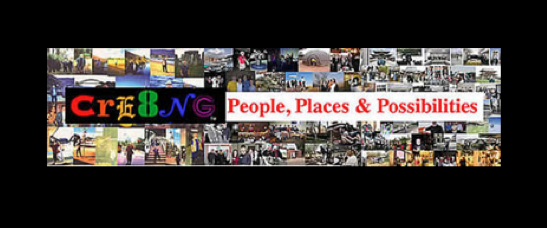Teaching Time Management to your Staff and Team
This is a response to someone asking me for EXERCISES to use in a TIME MANAGEMENT class.
First what are the key points you are trying to share.
Use activities that reinforce your key points or are sample simulations.
I did Time Management workshops ranging from 1/2 to full day in the past.
Are your goals to
a. generate laughter, lighten the mood to increase their attention
b. demonstrate time management techniques or methods
c. break-the-ice, get the participants to feel more comfortable in the session
d. develop some team-man-ship or team skills
Over the past 36 years I have developed my general approach of
Tell - Show - Involve - Reach
based upon a quote often given credit to Confucius
"Tell Me and I will forget"
"Show Me and I may begin to learn"
"Involve Me and I may learn"
I have added...
"Reach Me - let me get to know you (and some of the others in the group) while you (and some of the others in the group) get to know me and we will BOTH BEGIN TO LEARN TOGETHER."
Over the years I sporadically taught Time Management sessions and studied books about Time Management I discovered that
1. there are some simple lessons to learn that apply to most to all people
2. that thinking style and personality impacts whether or not someone truly learns to improve time management
3. that learning how to work more effectively with others thru learning how to understand styles of thinking and learning will improve our success with time management.
also you may do a GOOGLE of YAHOO search for
teaching exercises for time management
I just did and received nearly 7,000,000 hits.
Take a look at the first 5 to 10 hits they may provide you some great exercises to use.
Alan


